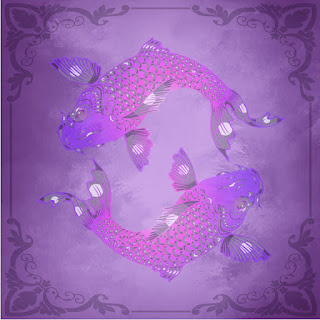A sumo tournament, or "basho," is rich with cultural rituals and ceremonies that have been preserved for centuries. These traditions contribute to the unique and sacred atmosphere surrounding the sport and are an integral part of the sumo experience.
Dohyo-iri (Ring-entering Ceremony): Before each day of competition, sumo wrestlers perform a dohyo-iri, a ceremonial ring-entering ritual. This ritual is a display of respect for the sumo gods and involves intricate movements and gestures. The top division wrestlers wear traditional aprons and perform the dohyo-iri in a solemn and synchronized manner.
Shiko (Leg Stomping Ritual): Shiko is a distinctive sumo warm-up exercise where wrestlers stomp their legs to expel evil spirits and cleanse the dohyo. This ritualistic movement is meant to prepare the body for competition and symbolizes the removal of negative influences.
Chikara-mizu (Power Water): Before their bouts, sumo wrestlers rinse their mouths with water, swish it around, and then spit it out. This ritual, known as chikara-mizu, is believed to purify the body and mind and is also a display of the respect wrestlers have for their opponent.
Salt Throwing: Before stepping into the ring, sumo wrestlers scatter salt as a purification ritual. The salt is tossed into the air to ward off evil spirits and bring good luck. This practice is intended to create a spiritually clean and protected environment for the match.
Sansho Presentation: At the end of each tournament, wrestlers who demonstrate exceptional performance are awarded special prizes known as sansho. These prizes are presented with formal ceremonies, acknowledging the wrestlers' achievements and contributions to the sport.
Yusho Ceremony: The wrestler who emerges victorious with the most wins in a tournament is awarded the yusho, or championship. A ceremony follows where the champion receives the Emperor's Cup and other accolades, often accompanied by traditional music and formal gestures.
Kore-yori-sanpo: After the conclusion of a tournament, the highest-ranking champion performs a symbolic stroll around the perimeter of the dohyo. This ritual, known as kore-yori-sanpo, signifies the wrestler's triumphant victory lap and demonstrates his esteemed status.
Retirement Ceremonies: When a sumo wrestler retires, a formal ceremony known as danpatsu-shiki is held. This event involves symbolic hair-cutting, where the wrestler's topknot is severed, signifying the end of his active career. Retiring wrestlers often receive well-wishes from fellow wrestlers and fans during this ceremony.
These cultural rituals and ceremonies associated with a sumo tournament are not only captivating displays of tradition but also embody the values of respect, purity, and honor deeply ingrained in the sport. They contribute to the sense of reverence and continuity that make sumo wrestling a captivating and cherished aspect of Japanese culture.
Photo: Pixabay (free)

No comments:
Post a Comment
Thanks for your comment.